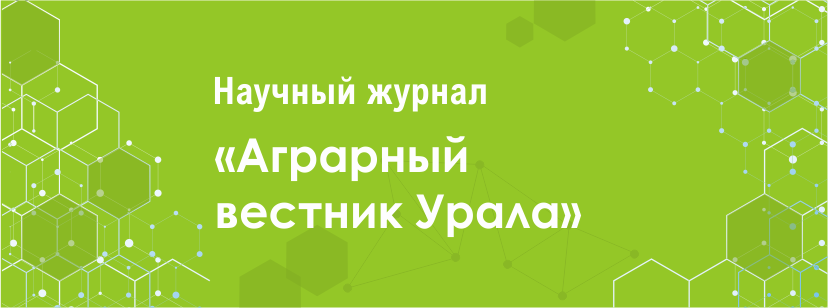УДК 338.43
Authors:
Boris Voronin – doctor of law, Professor, Director of the research Institute of agrarian and environmental problems and agricultural management, Ural State Agrarian University. 620075, Russian Federation, Yekaterinburg, Turgenev str., 23. E-mail:
Irina Chupina – doctor of Economic, Professor of the Department of management and law, Ural State Agrarian University. 620075, Russian Federation, Yekaterinburg, Turgenev str., 23. E-mail:
Yana Voronina - candidate of economic Sciences, associate Professor of the Department of management and law, Ural State Agrarian University. 620075, Russian Federation, Yekaterinburg, Turgenev str., 23. E-mail:
Abstract. Modern agriculture is an extensive and partly intensive type of production, which has significant scientific, technical and technological, personnel, socio-economic, managerial, environmental and other limitations. The main competitive advantages of agriculture are natural resources, personnel qualifications, the level of technology and quality of agricultural production, material and financial resources, the availability of state support and the nature of competition. The issues of employment of the population, as well as the rational use of free time in rural areas and the country have not yet been given due attention. Although this sphere is the most important socio-economic function and task of the state, its positive solution serves as a significant reserve for the creativity of the population in improving their health, in increasing the production of material goods and services, in developing the most important scientific, applied and practical problems, in eliminating and preventing contradictions. . The competitiveness of agriculture is the position of agricultural producers in the foreign and domestic markets under certain conditions for the development of the economy, politics, and society.
Keywords: innovative production, personnel qualification, new technologies, competitiveness, intensive type of production.











